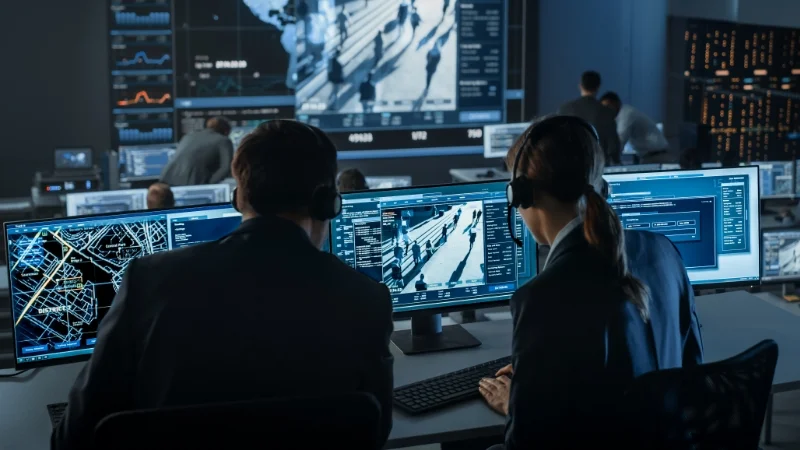The world of executive protection is a high-stakes one where silence may mean many different things. A quiet morning doesn’t always signal safety, it might also mean something’s been missed. Protective intelligence analysts know this well, as it’s their job to uncover threats before anyone else knows they’re coming.
While security agents stand in the spotlight, guiding VIPs through airports, boardrooms, and public events, analysts work in the background, combing through information, detecting patterns, and predicting risk with precision.
Protective intelligence digital sweeps
For most protective intelligence analysts, their morning begins with a scan of open-source intelligence and hidden spaces most people never see. News headlines, social media platforms, fringe forums, encrypted messaging channels, and parts of the dark web are valuable sources of raw, often chaotic, information.
An analyst reviewing an upcoming tech CEO’s speaking engagement in a metropolitan area might flag a forum thread discussing protests in the area. On it’s own, this information is just random noise. But when combined with a second post mentioning the CEO by name and a third sharing real-time updates of event security measures, the analyst might issue a warning to their client.
Behavioral patterns and context
Protective intelligence is about pattern recognition, tracking who might pose a threat, how they behave, and what their motivations are. Analysts examine behavioral indicators such as escalation in rhetoric, history of grievances, or erratic online engagement.
For example, if an individual repeatedly tags a political figure on social media with hostile messages, disappears for several weeks, and suddenly resurfaces with travel photos near the client’s location, it’s likely not a simple coincidence. These digital breadcrumbs form a profile of potential threat actors and help analysts determine the level of risk they pose.
Ground reports and local data
Digital intelligence only paints part of the picture. Good analysts work in tandem with contacts on the ground — such as local law enforcement liaisons or venue security staff — to understand evolving risks in specific environments.
Let’s say a high-net-worth client is attending a gala in a city that just saw unrest two blocks from the venue. Local insights may reveal that although the protest has dispersed, certain roads remain blocked and a new demonstration is rumored for the weekend. With this input, the protection team can revise their route, update security details, and prepare alternate exits all before the client has left their hotel suite.
Briefings and decisions
Once analysts have developed a threat profile, they deliver detailed briefings to the executive protection team. These might include everything from a summary of online threats to maps highlighting at-risk zones, or profiles of specific persons of concern. If needed, analysts remain on call for rapid updates, ready to pivot plans as new intel arrives.
Every piece of information is weighed for credibility and intent so that analysts don’t overreact or underestimate the danger.
Debriefs
Protective intelligence is a rolling operation. Analysts review how the day’s events played out, assess the effectiveness of protocols, and document any new leads or security gaps.
A surveillance camera might have picked up a familiar face near a venue entrance. An email tip might mention a suspicious package that turned out to be harmless for the time being. Each incident feeds into future assessments, evolving the strategy, updating the profiles, and sharpening the team’s overall readiness.
The work of a protective intelligence analyst is equal parts research, psychology, and logistics. It’s a discipline rooted in foresight, anticipating danger before it manifests. By identifying the digital and physical signs others might miss, these professionals give executive protection teams the insight they need to stay ahead.Aspis Protection Service employs dedicated intelligence professionals who work tirelessly to provide accurate, up-to-the-minute threat analysis and strategic guidance. For clients seeking protection grounded in foresight, contact us today and learn how we can provide security for all situations.
